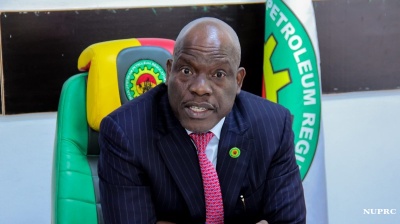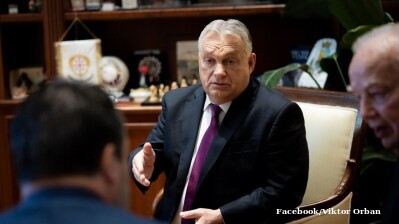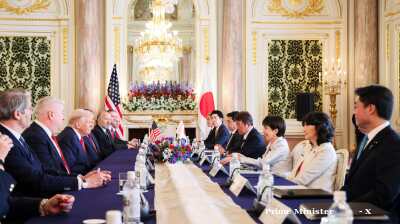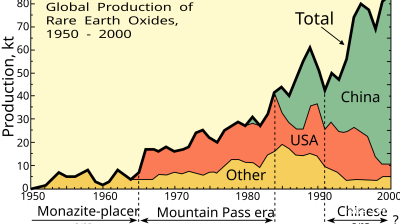After a triumphant round of investment pledges in Tokyo, Donald Trump’s state visit to South Korea presents a far more challenging negotiation according to ING – a trip that will ultimately be judged on whether or not the proposed US demand for a $350bn investment from Seoul into US-based projects comes about or not.
The meeting will come on the sidelines of the Asia‑Pacific Economic Cooperation Summit in Gyeongju and underscores the unresolved tension between Washington’s ambitions and Seoul’s economic limitations.
In Tokyo Trump secured commitments totalling $490bn, AP reported, raising the bar for the subsequent engagement with South Korea – a figure South Korea will be acutely aware of given the long-standing rivalry for the attention of the US by both Seoul and Tokyo.
According to AP, South Korean officials, however, remain firm that a large-scale, upfront cash injection would present significant risks to their national economy. “We haven’t yet been able to reach an agreement on matters such as the structure of investments, their formats and how the profits will be distributed,” Oh Hyunjoo, Deputy National Security Director, said earlier in the week.
The backdrop to the stalled talks is Washington’s application of a 25% tariff on South Korean car imports, compared with 15% faced by Japanese and European producers. The higher barrier has emerged as a major key sticking point for Seoul.
South Korea’s president, Lee Jae‑myung, who only assumed office in June, has indicated that investor hesitation could harden unless the US visa regime is ameliorated following the September immigration raid that detained over 300 Korean nationals at a US auto plant. As AP reported, Lee said “if that’s not possible, then establishing a local factory in the United States will either come with severe disadvantages or become very difficult for our companies,” in what is being seen as a veiled threat to the US in the hope of securing at least a degree of flexibility.
On the US side, Treasury Secretary Scott Bessent said the deal with South Korea was “just a lot of details to work out,” suggesting a degree of optimism somewhat detached from that seen on the Korean peninsula, but stopping short of concrete commitment.
News

US strikes on drug vessels kill 14 in deadliest day of Trump's narcotics campaign
The US military killed 14 people in strikes on four vessels allegedly transporting narcotics in the eastern Pacific Ocean, marking the deadliest single day since President Donald Trump began his controversial campaign against drug trafficking.

Russia withdraws from Cold War plutonium disposal pact with US
Russian President Vladimir Putin has formally withdrawn from a key arms control agreement with the United States governing the disposal of weapons-grade plutonium, as the few remaining nuclear security accords between the two powers vanish.

Nigeria’s NUPRC holds exploratory talks with Bank of America on upstream financing
Nigeria's upstream regulator, NUPRC, has held exploratory talks with Bank of America as the country looks to attract new capital and revive crude output, after falling short of its OPEC+ quota.

European diplomacy should have stopped war, Orban tells Italian broadcaster
The job of European diplomacy would have been stopping the war in Ukraine, but Brussels has become "irrelevant" by deciding not to negotiate, Prime Minister Viktor Orban told an Italian TV channel on October 28.




